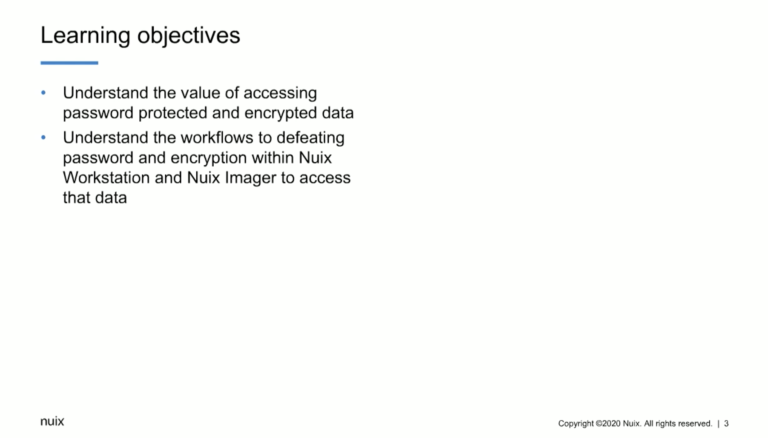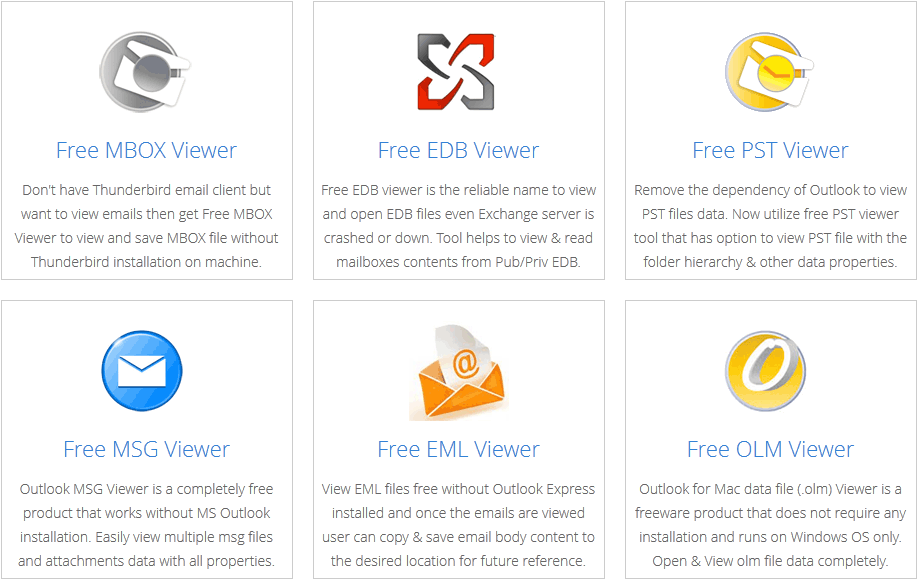

Electronic evidence must be placed as far away as possible from the radio within the police vehicle to ensure the integrity of the item. It is also worth noting that electronic evidence can be damaged or even ruined if it is placed near a police car radio and that radio is keyed. If one is not available however, law enforcement officers on scene must follow all guidelines and procedures for the packaging and transport of electronic evidence as dictated by the policy of their department of agency.Īll chain of custody forms must be filled out at the scene and all evidence bags and boxes must be marked with the case number, description of the item, and location where the item was found. It is always best practice to have an investigator or support staff employee trained in computer forensics dismantle any computers or computer hardware at the scene.

Photographs must also be taken of any connecting wires or cables that are protruding from the computer or other device, in case the assigned forensic examiner needs to re-create the suspect’s setup. When electronic evidence is discovered, be it at the scene of a crime, or during the execution of a search warrant, there are a few fundamental rules that must be followed.įirst and foremost, all pieces of electronic evidence should be photographed in the place they were discovered before they are moved. Proper technique and close attention to detail is a must when dealing electronic evidence. Even if a law enforcement officer is not certified to forensically examine electronic evidence, he/she must have some basic knowledge of computer forensics and electronic evidence management. Unlike law enforcers of yesterday, all officers performing investigative duties today will eventually encounter and have to process electronic evidence of some kind.

The crime world has been no exception to this phenomenon. In the past few decades, major changes to the way we go about our daily lives have occurred due to the introduction and subsequent prevalent proliferation of consumer electronics. When the word “forensic” is brought up, thoughts of investigators dusting for fingerprints or collecting blood samples come to mind.
Forensically examine evernote export how to#
A step-by-step instructions on how to use CaseGuard redaction.
Forensically examine evernote export software#
Get answers to frequently asked questions about our redaction software purchasing, installtion, training, support, requirements and more.ĭocumentation on how to install, set up and use CaseGuard’s products. Stories on how our clients are using CaseGuard Studio on daily basis. Stories from customers about how they use CaseGuard to solve their biggest redaction needs, enhacement, bulk transcriptions, translations.Īll resources in one place, all you need to know about our redaction world. Learn how CaseGuard helps industries and departments redact faster and more accurately. Solutions for organizations of all sizes. Practice new skills and learn from watching us redact, transcribe, translate from start to finish. We handle ALL TYPES of files including video, audio, PDF, images, and more.Īrticles and guides on redaction, transcription and translation tips, industry best practices, and expert content on managing your data. Starting at ¢1 a page, $5 a minute, our team will do all the redaction work for you. Starting at $99 a month, use CaseGuard Studio to redact UNLIMITED number of video, audio, PDF, and image files all in one place and one redaction software.


 0 kommentar(er)
0 kommentar(er)
